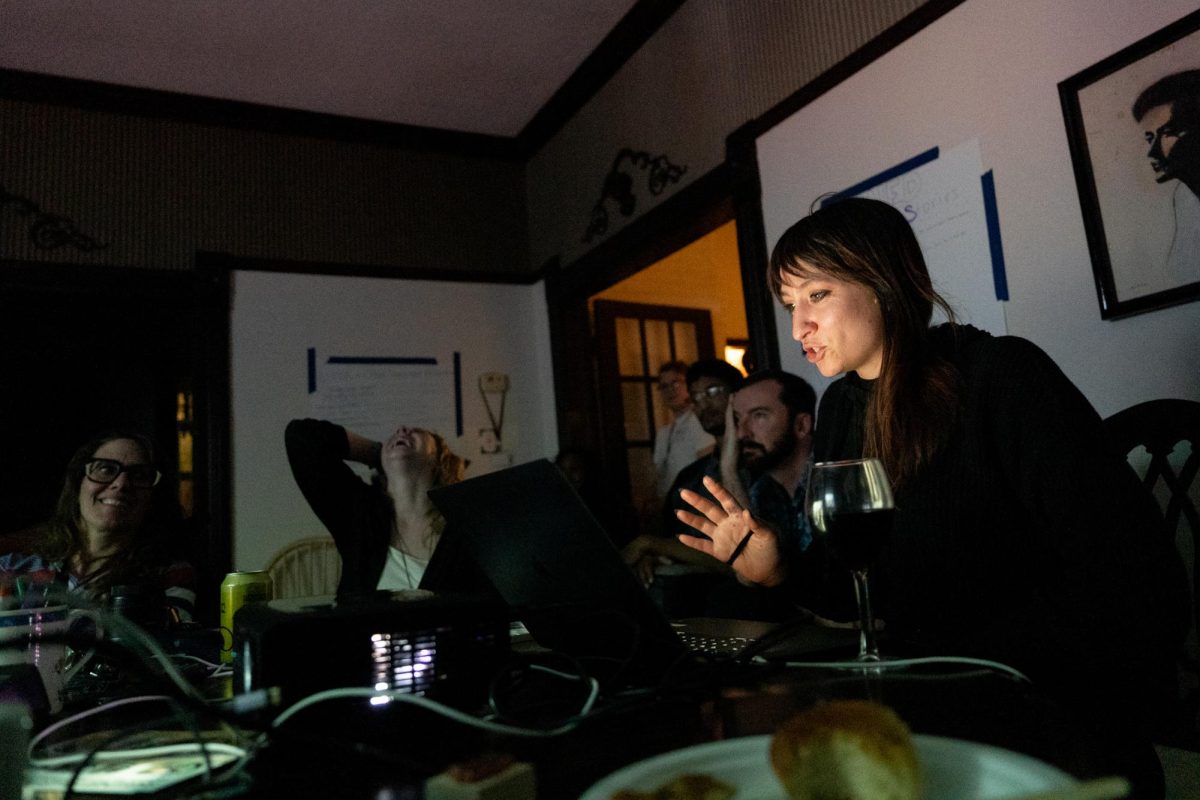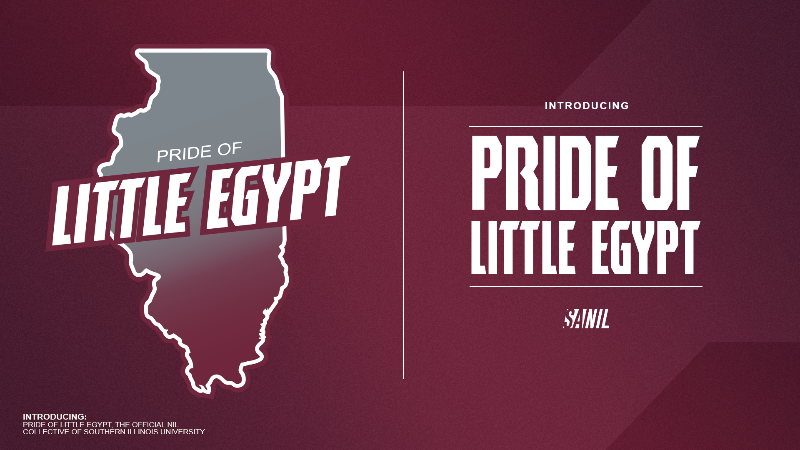Big Muddy Wrap Up
March 9, 2007
Cutline for accompanying photo: First-year Big Muddy Film Festival coordinator Sally Shafto looks on during setup for a screening of the “Best of” this year’s competition films. Vincenzo Guarnera ~ Provided photo
With a wider range of films and increased ticket sales, first-year Big Muddy Film Festival coordinator Sally Shafto said she considered the 29th annual event an “encouraging success.”
The festival, which ran from Feb. 22 through Sunday, ended with a “Best of the Fest” screening and the announcement of various award-winning films.
Advertisement
Among those most honored was Linda Hattendorf’s “The Cats of Mirikitani,” which documented the struggle of a formerly homeless Japanese-American.
“(The film is) a wonderful story about one man, but with much larger political implications,” Shafto said.
The film, which draws parallels between the internment of those of Japanese descent during World War II and the treatment of Muslims after Sept. 11, won the festival’s top prize in the categories of documentary and narrative.
Jurors Amy Granat, Babette Mangolte and Jonathan Rosenbaum chose the cash-prize winning films, but additional honors were awarded through “Audience Choice” awards and the John Michaels award.
For the Audience Choice awards, audience members voted for various films after each screening.
While awarding any “audience prize” can be a dubious process, both Shafto and mass communication and media arts doctoral candidate Kwang-Woo Noh said audience members were more than up to the task of choosing additional praiseworthy films.
“Many audience members took the voting very seriously,” Shafto said. “I feel particularly good because two of the audience choice awards coincided with other Big Muddy winners.”
Advertisement*
In addition to audience choices, the John Michaels film award committee honored Bernard Debord’s “Sun and Death: Chernobyl and After�,” among other films, for their social and political content. While the John Michaels committee does not offer the same monetary award as jury prizes, Noh said receiving the award is still an honor.
“My only regret is that the John Michaels committee doesn’t have the money that the jurors do,” Shafto said. “Giving an award does mean something and it’s very important, but being able to offer monetary prizes raises the profile of the award and of the festival.”
Shafto said she is already looking toward the Big Muddy’s upcoming 30th anniversary.
Shafto said she is considering the inclusion of fewer competition films while scaling the festival back to its previous length of 10 days. These possible changes are being considered because of constraints in both time and money.
Other changes being considered include increased midnight screenings and the possible inclusion of other “cult” films.
Midnight screenings did especially well, but some showings were a mixed bag in terms of attendance, Shafto said. Screenings of “Dr. Strangelove” and sessions led by filmmakers Steve James and Amy Granat saw especially large crowds, while some of the competition and international films such as “Waiting for Happiness” and “The World” were seen by fewer viewers than expected.
“The problem is that audiences, if they don’t recognize a title or a director, are hesitant to see something new,” Shafto said. “It’s hard because we want to bring international film and documentaries and experimental work, but we also want to attract an audience.”
Despite the mixed turnout to various films, Noh said the Big Muddy met the objectives of promoting international and independent cinema and encouraging the curiosity of its audience.
“This kind of local event shows the grassroot-ness of alternative culture and provides the opportunity to share different experiences and perspectives,” he said. “Big Muddy has always, and will continue to, contribute to the diversity and variety of film events in Carbondale.”
Advertisement







